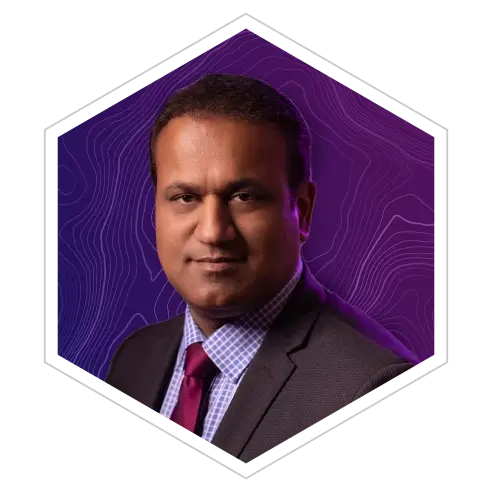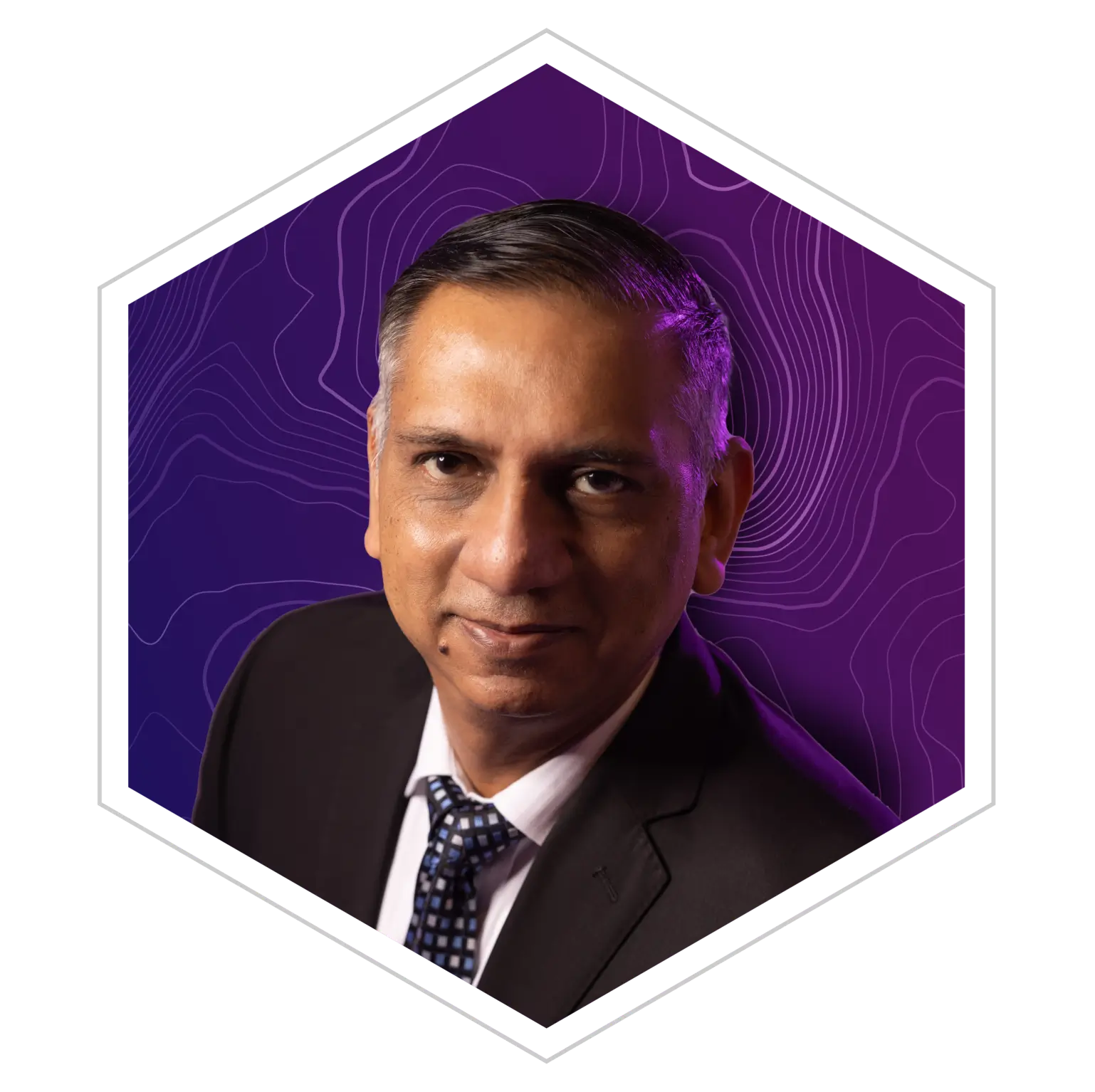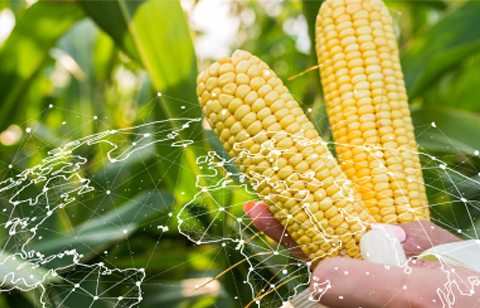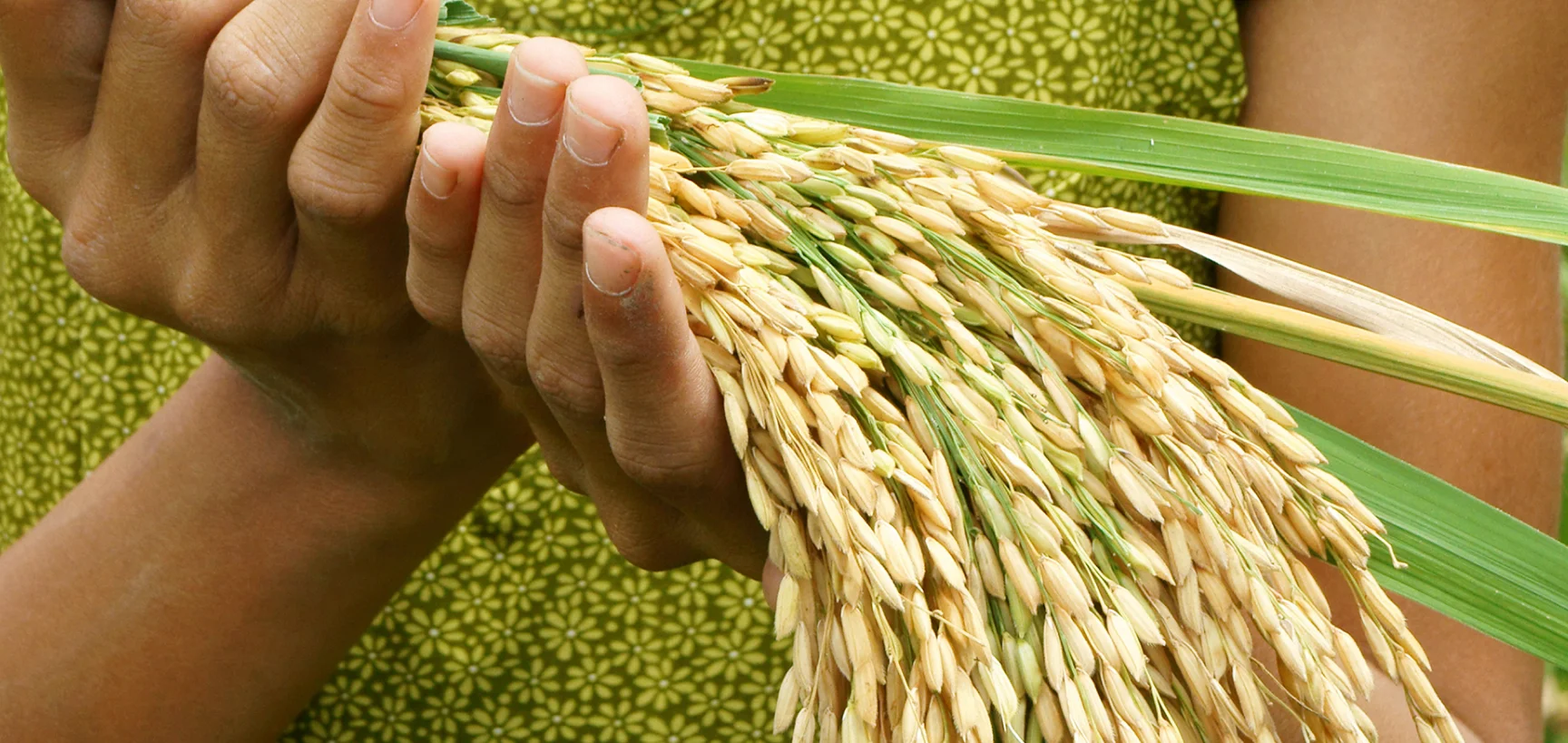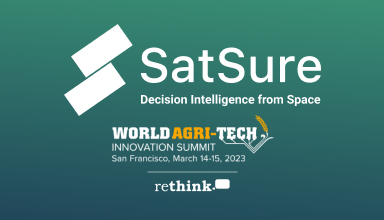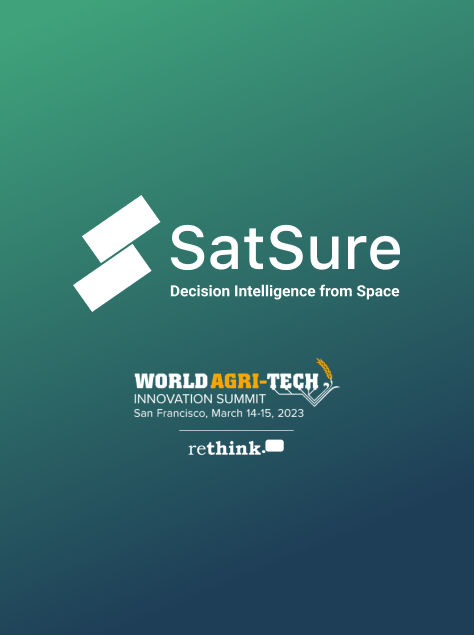The global food system is facing multiple challenges, including climate change, population growth, and changing dietary patterns, which place a growing demand on the agriculture sector. To address these challenges, innovative technologies such as data, artificial intelligence (AI), and satellite imagery are increasingly being used to improve food security.
Climate change has a significant impact on the agricultural supply chain
Leading to crop disruptions and challenges to food security. Extreme weather conditions such as droughts, changing rainfall patterns, floods, and heatwaves can lead to crop failure, affecting not only farmers but also the entire supply chain, from distributors to retailers and consumers. To address these challenges, innovative technologies will be essential in optimizing the efficiency and sustainability of the food supply system.
The UN predicts that the global population will reach 9.7 billion by 2050, and the demand for food is expected to increase by more than 50% by 2050.
Access to the right data at the right time ensures that food is produced and made available in sufficient quantities to meet fluctuating demand. This helps tackle the potential food shortages, allowing policymakers, multi-laterals and private sector players to have transparency on data and make informed decisions.
Satellites equipped with remote sensing technology can play a vital role in optimizing crop yield and health for food security. By using a variety of sensors, such as optical, thermal, and radar, satellites can capture images and data on crop growth and health at various stages of the growing season.
ML and AI models also help create multiple use case-forecasts for food production, supply-demand cycles, credit lending for farmers and market linkages for agriculture.
This information can help farmers to make informed decisions on crop management, such as precision irrigation, fertilization, and pest control, to optimize yields and reduce waste. With satellite remote sensing, farmers can monitor large areas of land with ease, reducing the need for physical inspections and saving time and resources. By harnessing the power of remote sensing technology, SatSure is empowering farmers to produce more food sustainably and contribute to global food security.
However, data, AI, and satellite imagery for food security are also associated with challenges and risks. For example, there are concerns about data privacy and security and the potential for these technologies to exacerbate existing inequalities in the food system.
Climate change has a significant impact on the agricultural supply chain,
Leading to crop disruptions and challenges to food security. Extreme weather conditions such as droughts, changing rainfall patterns, floods, and heatwaves can lead to crop failure, affecting not only farmers but also the entire supply chain, from distributors to retailers and consumers. To address these challenges, innovative technologies will be essential in optimizing the efficiency and sustainability of the food supply system.
The UN predicts that the global population will reach 9.7 billion by 2050, and the demand for food is expected to increase by more than 50% by 2050.
Access to the right data at the right time ensures that food is produced and made available in sufficient quantities to meet fluctuating demand. This helps tackle the potential food shortages, allowing policymakers, multi-laterals and private sector players to have transparency on data and make informed decisions.
Satellites equipped with remote sensing technology can play a vital role in optimizing crop yield and health for food security. By using a variety of sensors, such as optical, thermal, and radar, satellites can capture images and data on crop growth and health at various stages of the growing season.
ML and AI models also help create multiple use case-forecasts for food production, supply-demand cycles, credit lending for farmers and market linkages for agriculture.
This information can help farmers to make informed decisions on crop management, such as precision irrigation, fertilization, and pest control, to optimize yields and reduce waste. With satellite remote sensing, farmers can monitor large areas of land with ease, reducing the need for physical inspections and saving time and resources. By harnessing the power of remote sensing technology, SatSure is empowering farmers to produce more food sustainably and contribute to global food security.
However, data, AI, and satellite imagery for food security are also associated with challenges and risks. For example, there are concerns about data privacy and security and the potential for these technologies to exacerbate existing inequalities in the food system.
